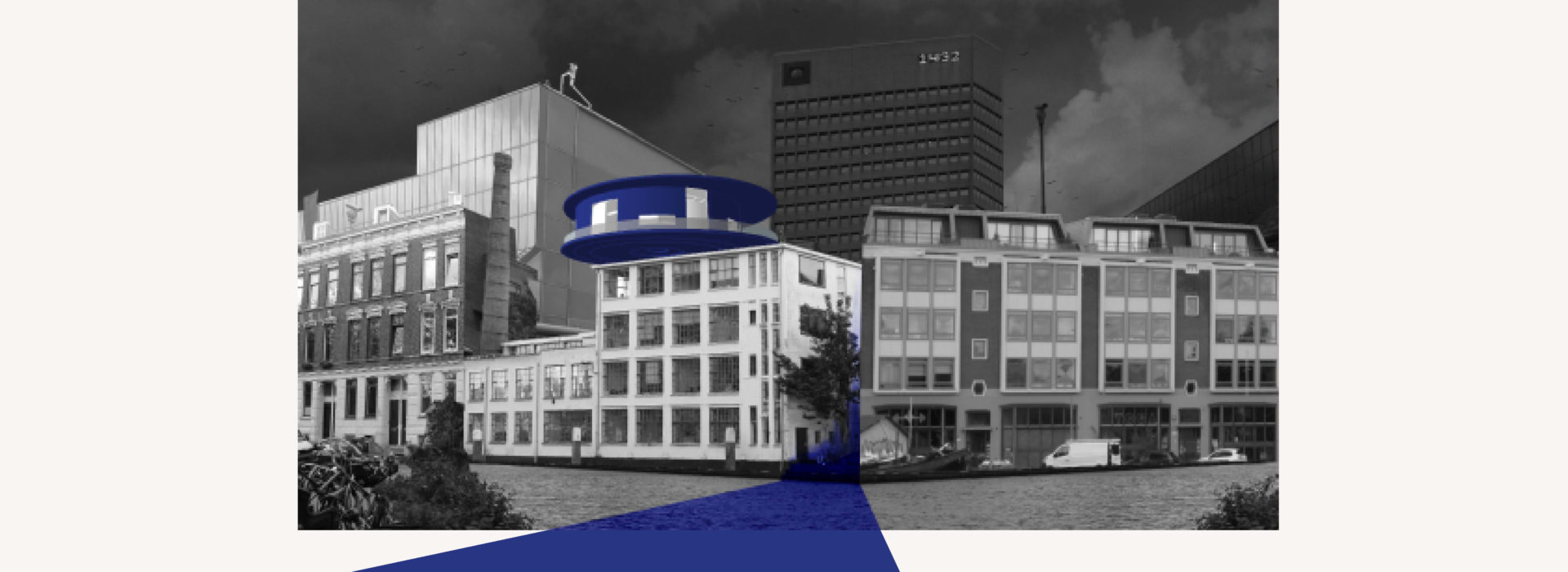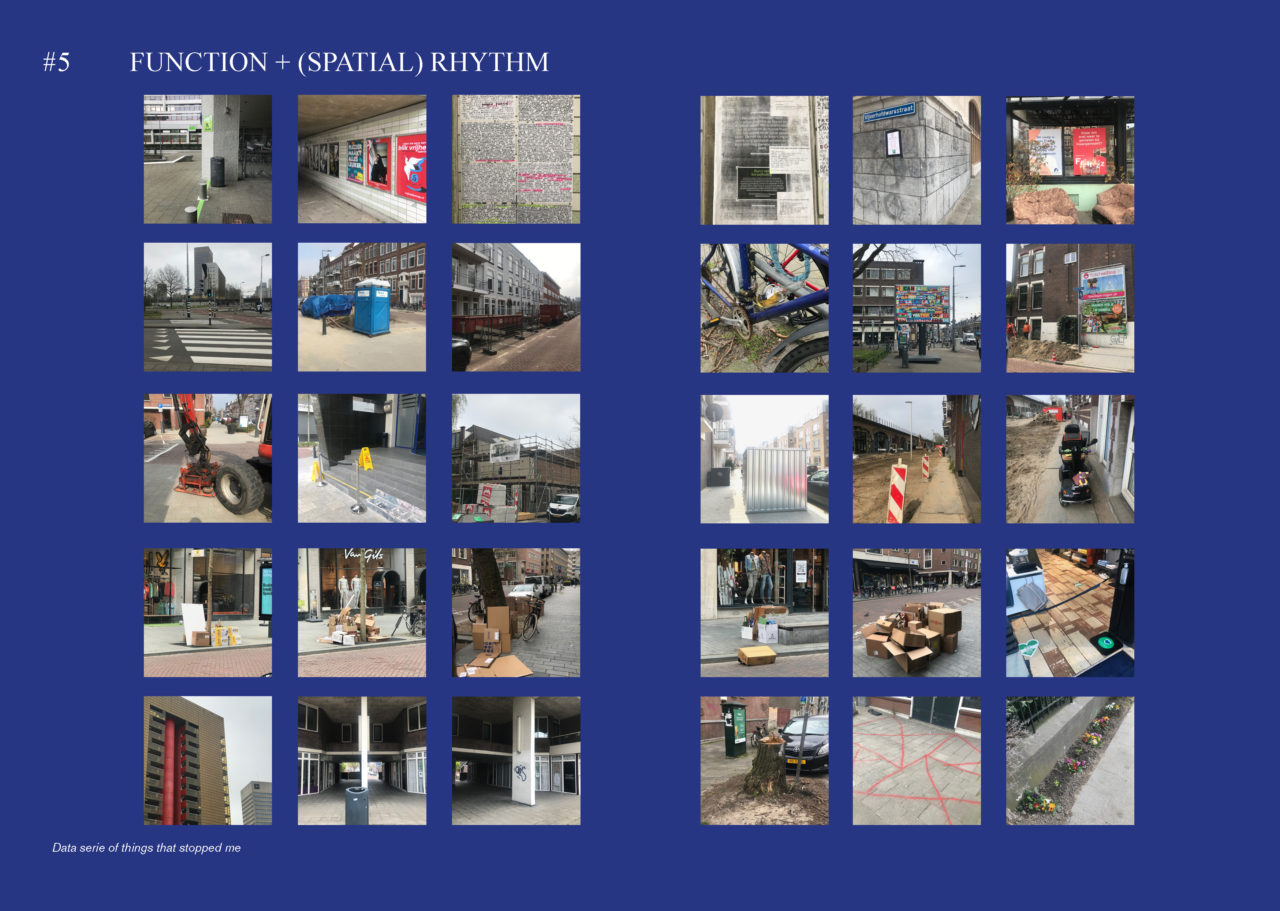STILL IN MOTION

Project details
- Year
- 2021
- Programme
- spatial-design
- Practices
- social-practice
- Minor
- Powerplay
STILL IN MOTION is a conversation piece that aims to start the discussion about the roles of time in our daily life and its relationship to our spatial environment. It questions the staticness of our designed spatial environments, that makes us able to physically speed up to be as efficient and productive as possible. Can space give us the ability to slow down and deal with time differently? Can space give us time?
The presence of the standardized Time plays a major role in our lives; it directs us through our days. Within history, we see the change of the way we handle time from a circular to linear perception and how it shaped the space we surround ourselves with. From around the Industrial Revolution, efficiency and productivity, both in the physical world and mentally how we handle things, has moved to the center of life. You could say it is the new norm within our daily routines. Besides the fact that efficiency allows us to work productively, get more done in one day and often ensures that we achieve our goals, it has also caused deterioration in human health and social relationships among other effects.
Personal experiences have shown that work-life balance is based on cultures and values within the cultural context and has also shown that we can still be productive within other rhythms in life. I believe space is a key element in improving and enriching the environment we live in. Space will always be related to us and everything around us and has an indirect influence on our feelings, actions and movement.

This research argues that – from both personal experiences, interviews and literary research – experiencing the room to take your time in daily life is what is missing in Dutch society. I ask:
How could our everyday spatial environment influence the way we deal with time and efficiency to create room to slow down and decrease the rush and pressure experienced by the acceleration of time?
It explores the relationship between the way of dealing with time and the spaces we use on a daily basis through analyses, experiments and interviews. By using spatial design, this research examines possible key elements to create this room to take your time within our daily rhythms.

When we move through the already known environment, it is often the moving, temporary and surprising appearances and perspectives that distract us from the things we were busy with or the goals we moved towards. These findings are translated into three spatial key elements:
- (Shifting) Perspectives
- Movement
- Permanent Temporality.
Together they resulted in a speculative design that aims to start the discussion about the roles of time in our daily life and its relationship to our spatial environment. It questions the staticness of our designed spatial environments, that makes us able to physically speed up to be as efficient and productive as possible.
What will happen if we take away the calculable aspect of space, and start making a moving space that continuously changes? Would we be able to handle time differently?
Do you believe that by creating spatial designs that slowly move, changing our spatial environment and its perspective gradually and continuously, space can give us the ability to slow down, stand still and deal with time differently through its unique, unpredictable and temporary experiences?
STILL IN MOTION will be exhibited physically for the first time at the Willem de Kooning Graduation Exhibition (October 2021).
Aimée Wattimurij
awattimurij@outlook.com – @aimeewattimurij